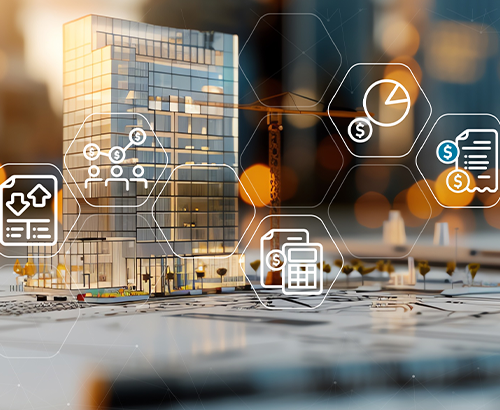Key Considerations for Contractors Considering Taking Traveling Work
As the construction industry continues to evolve, more contractors are exploring the opportunity to take on traveling work, or jobs that require them to send crews to new markets. Whether expanding into new regions, meeting specific project demands or building a national presence, traveling work offers both significant opportunities and risks. While it can increase revenue, it also requires…
Read More








